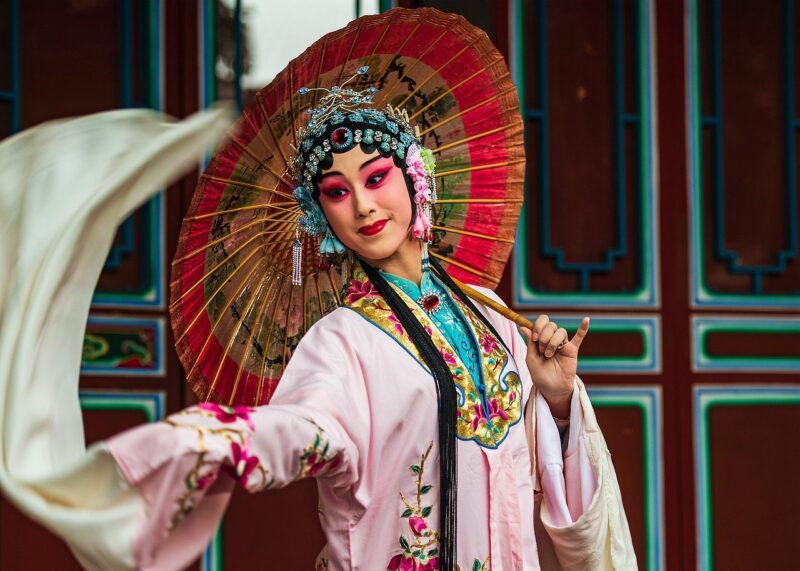The Influence of Anime on Western Media: How Japanese Animation Is Changing Hollywood and Beyond
November 14, 2024

Anime, a style of animation deeply rooted in Japanese culture, has transcended geographical boundaries and is now profoundly influencing Western media. From its unique visual storytelling techniques to its rich character development, anime has captivated audiences worldwide, finding its place in Hollywood and beyond. This article delves into the impact of anime on Western media, exploring its contributions, cultural exchanges, and the evolving landscape of entertainment.
1. The Rise of Anime in Global Popularity
Anime’s journey into the mainstream began in the late 20th century when series like “Dragon Ball Z,” “Sailor Moon,” and “Pokémon” captivated audiences across North America and Europe. As these shows gained tremendous popularity, they laid the groundwork for a more substantial acceptance of anime as a legitimate art form within Western entertainment circles.
The surge in anime’s popularity can be attributed to several factors:
- Innovative Storytelling: Anime often features complex narratives, multidimensional characters, and explores themes such as friendship, love, loss, and moral dilemmas in ways that resonate with both Eastern and Western audiences.
- Distinct Visual Aesthetics: The unique art styles and vibrant colors of anime differentiate it from traditional Western animation, enticing viewers who seek visually stunning content.
- Cultural Exchange: The advent of the internet and streaming platforms like Crunchyroll, Netflix, and Funimation facilitated access to a diverse pool of anime titles, fostering cultural exchange and appreciation globally.
The continued rise of anime in the global arena signifies a paradigm shift—a move towards more inclusive forms of storytelling that embrace cultural diversity.
2. Influence on Hollywood
Anime’s success has not gone unnoticed in Hollywood, where filmmakers and producers are increasingly influenced by its aesthetics and storytelling techniques. Here are some key examples of how anime has shaped Western cinema:
- Visual Style Inspirations: Films such as “The Matrix” drew from anime for visual inspiration. The iconic green digital rain and intense action sequences echo styles found in works like “Ghost in the Shell.” Similarly, the vibrant aesthetics of films like “Spider-Man: Into the Spider-Verse” reflect anime’s influence in character design and dynamic visuals.
- Remakes and Adaptations: Hollywood has embraced anime by producing live-action adaptations, such as “Ghost in the Shell” and “Death Note”. While reception varies, these projects signify interest from major studios to tap into the rich narratives and worlds created in anime.
- Influence on Storytelling: The multifaceted approach to storytelling in anime is evident in many Western narratives. Shows like “Avatar: The Last Airbender” and films like “Your Name” exhibit deep emotional undertones and character arcs that have become hallmarks of anime storytelling, inspiring creators in the West to adopt similar techniques.
These influences demonstrate anime’s ability to reshape how stories are told in Hollywood, encouraging broader themes and greater character exploration.
3. Anime’s Influence on Animation and Art Styles
Western animation has evolved to incorporate stylistic elements derived from anime. Animation studios are increasingly adopting anime-inspired techniques to appeal to the broadening global audience. Notable impacts include:
- Character Design: The distinct character designs seen in contemporary animated series often echo anime’s exaggerated features and diverse aesthetics. For example, shows like “Teen Titans Go!” and “Steven Universe” have drawn from anime in character shape and emotional expressions.
- Animation Techniques: Anime’s use of dynamic angles, expressive movements, and innovative cinematography has inspired studios to experiment with their animation styles. Techniques such as 3D animation and hand-drawn art have merged in contemporary productions, leading to hybrid styles that engage a wider audience.
- Crossover Collaborations: Collaborations between Western studios and anime artists are becoming more common. For instance, the collaboration between Studio Trigger and Cartoon Network for “OK K.O.! Let’s Be Heroes” showcases anime influences in storytelling, style, and pacing, exemplifying a fusion of creative worlds.
This blending of styles and techniques is not only enriching the animated landscape but also creating a space for cultural dialogues in storytelling.
4. The Cultural Exchange and Acceptance of Anime
As anime continues to make inroads within Western media, it facilitates a cultural exchange that promotes understanding and acceptance:
- Breaking Stereotypes: Anime’s multifaceted characters often break traditional stereotypes, appealing to a broad demographic and allowing cultural narratives to flourish. This creates opportunities to explore narratives that reflect diverse experiences and ideologies, thus fostering acceptance among different cultures.
- Global Fan Communities: Online platforms, conventions, and fan events showcase a unified passion for anime. These gatherings create spaces for fans from various backgrounds to celebrate their shared interests, allowing cultural exchange and friendship beyond traditional borders.
- Commercial Success: The significant commercialization of anime in Western marketplaces—through merchandise, localization, and streaming services—ensures its longevity and further encourages deeper engagement with Japanese culture and storytelling.
Such cultural exchanges promote mutual respect and understanding, creating a world where storytelling transcends boundaries.
5. The Future of Anime in Western Media
Looking ahead, the future of anime’s influence on Western media appears promising. As technology continues to evolve, new avenues for storytelling and animation will emerge:
- Virtual Reality and Interactive Experiences: The rise of VR and augmented reality offers opportunities for immersive storytelling methods that anime could pioneer. Experiences that allow fans to engage with their favorite characters and worlds in a transformative way may reshape how narratives are presented in the West.
- Continued Collaboration: Expect more collaborations between anime creators and Hollywood filmmakers, resulting in exciting new projects that blend styles and genres. The mutual interest in each other’s storytelling techniques can lead to innovative narratives and visual experiences.
- Diversified Themes and Genres: As more anime genres gain popularity—such as horror, romance, and slice-of-life—Western media will likely explore these themes deeper, giving audiences varied content that reflects broader human experiences through different cultural lenses.
The future is bright for anime within Western media, promising continued innovation and cultural exchange.
Conclusion
Anime has undoubtedly altered the landscape of Western media in unprecedented ways. Its storytelling depth, vibrant artistry, and cultural insights have found a significant place in Hollywood and beyond, enriching animation and broadening narratives. As anime continues to inspire and inform, the bond between Eastern and Western cultures strengthens, paving the way for a more diverse and inclusive storytelling future. Whether through adaptations, collaborative projects, or new genres, the influence of anime is set to grow, captivating audiences around the world for generations to come.








